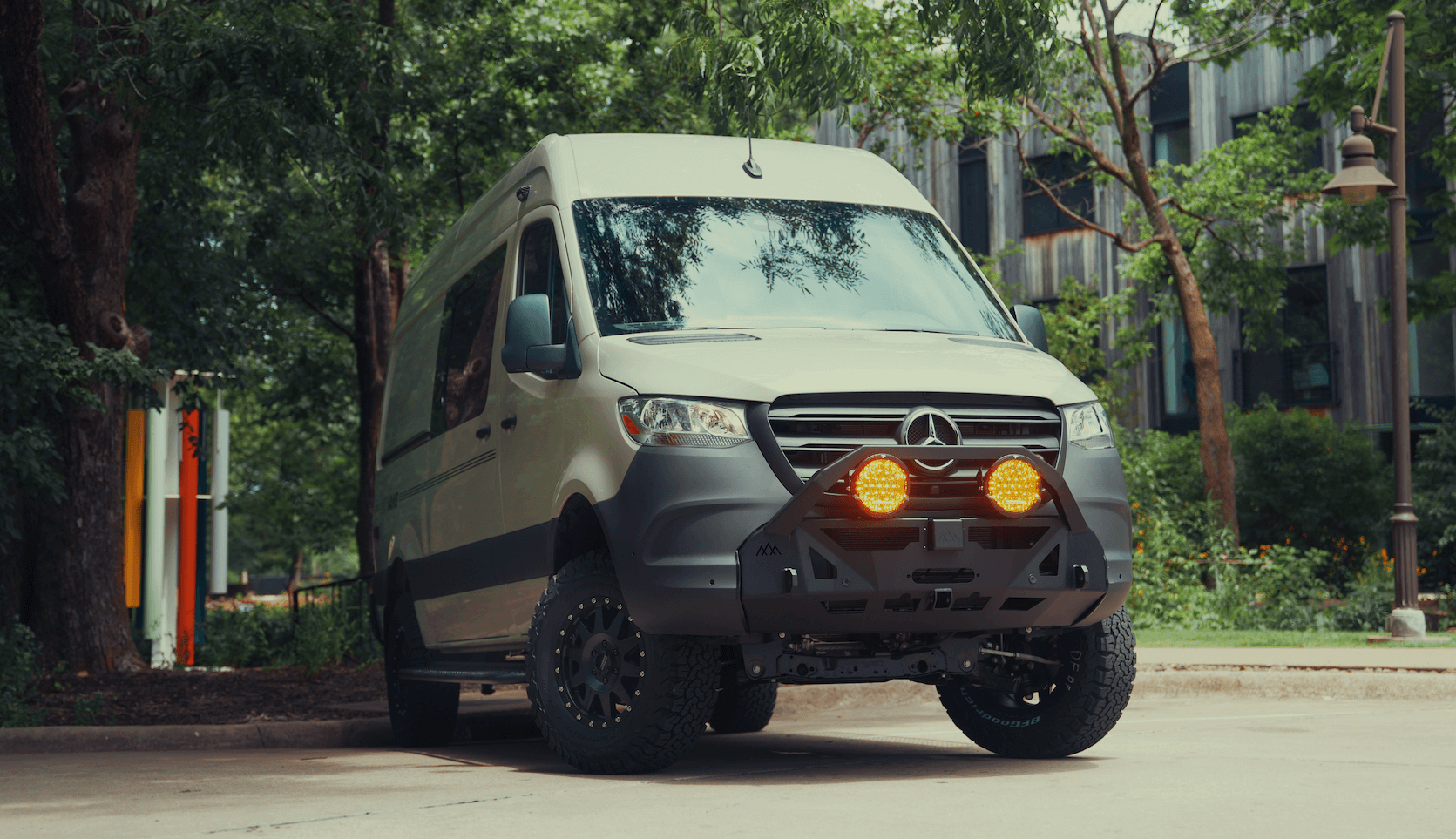Recreational Vans

Axle housings heat up as you drive, then cool when parked or after a water splash. That temperature swing changes internal pressure. Without a functional vent, the differential can push oil past seals when hot or draw in water and dust when cooling. A differential breather kit relocates that vent to a higher, cleaner point so the housing can breathe while contaminants stay out.
Modern kits use oil resistant hose, a check or one way valve or a filtered cap, and secure mounts. The higher the termination point, the lower the risk during streams, snow, and deep ruts. On multi component drivetrains, similar breathers can be extended for the transfer case and automatic transmission to protect all lubricated housings.
Key benefits:
A typical differential breather kit includes a barb or threaded adapter for the axle housing, hose with proper inner diameter, clamps, and a breather head. Choose fuel or oil safe hose that resists heat and ozone. The breather head can be a sintered bronze style filter or a valve that opens at low pressure. Both styles aim to flow freely while blocking splash and fines.
Routing matters more than fancy hardware. Aim for:
When vehicles have front and rear live axles, consider a small manifold to terminate both lines together near the firewall or higher. If the platform sees frequent dust, a filter style cap that can be rinsed or replaced is practical. In wet climates, a light check valve helps prevent a gulp of water during rapid cool down after a crossing.
Suspension travel changes hose length requirements and routing angles. Leave slack for full droop without letting the line snag. With body lifts, a firewall termination point can sit even higher for added safety. If the vehicle has a snorkel for the engine intake, match the breather height target to that reference so the whole system shares a consistent wading strategy.
Breathers are simple but not set and forget. Inspect lines at every oil change and after any deep crossing. Confirm the breather head is clear, the hose is flexible, and all anchors are intact. If you discover milky oil, drain and refill immediately, then diagnose the intrusion source before the next outing.
Helpful practices:
Common misconceptions to avoid:
Match adapter threads to the axle housing. Toyota, Jeep, Ford, GM, and many vans use different vent styles. Confirm the hose size supports low restriction flow. Choose a termination location you can reach for inspection, like high on the firewall or tucked on a rack upright. Plan for protection from tire spray yet allow airflow. The best kit is the one routed intelligently for your specific build, not just the most expensive head.
Unfiltered water in the differential emulsifies oil, drops film strength, and accelerates wear. Bearings pit, gears run hot, and seals harden. Small leaks become chronic, then costly. A basic breather kit helps you avoid an expensive carrier rebuild and keeps the drivetrain consistent over long miles.
A differential breather kit delivers outsized protection when it is integrated with the entire rig. During a custom upfit, our team plans vent routing alongside suspension, armor, racks, and snorkel targets so service access stays simple and lines remain protected. When we hand off a vehicle, you know the breathers match your water and dust profile, not just a generic spec.
If you are mapping out a long range adventure van or an overland truck, we can fold breather extensions into your axle service and seal inspection so you start fresh. Pair this with proper tire sizing, lighting, and storage so the whole package works as one.
Protect the drivetrain you depend on. Talk with OZK Customs about vent routing that fits your terrain, water depth, and service plan, then tie it into a complete build that is ready for real miles.
Ready to protect your axles the right way? Book a consultation with OZK Customs to integrate differential breathers into a full build plan that matches your terrain and mileage. Our team validates routing, seals, and service intervals, then ties everything into your suspension, racks, and power systems. Start your custom path today.
ADDRESS:
6159 E Huntsville Rd, Fayetteville, AR 72701
PHONE:
(479) 326-9200
EMAIL:
info@ozkvans.com